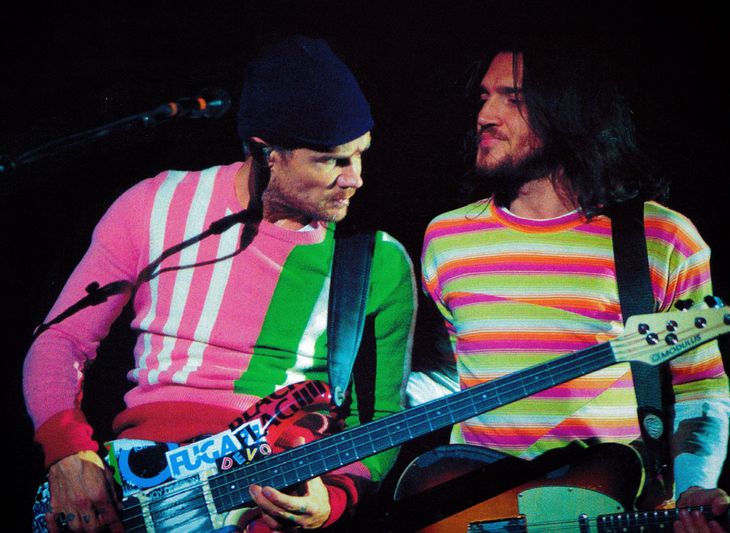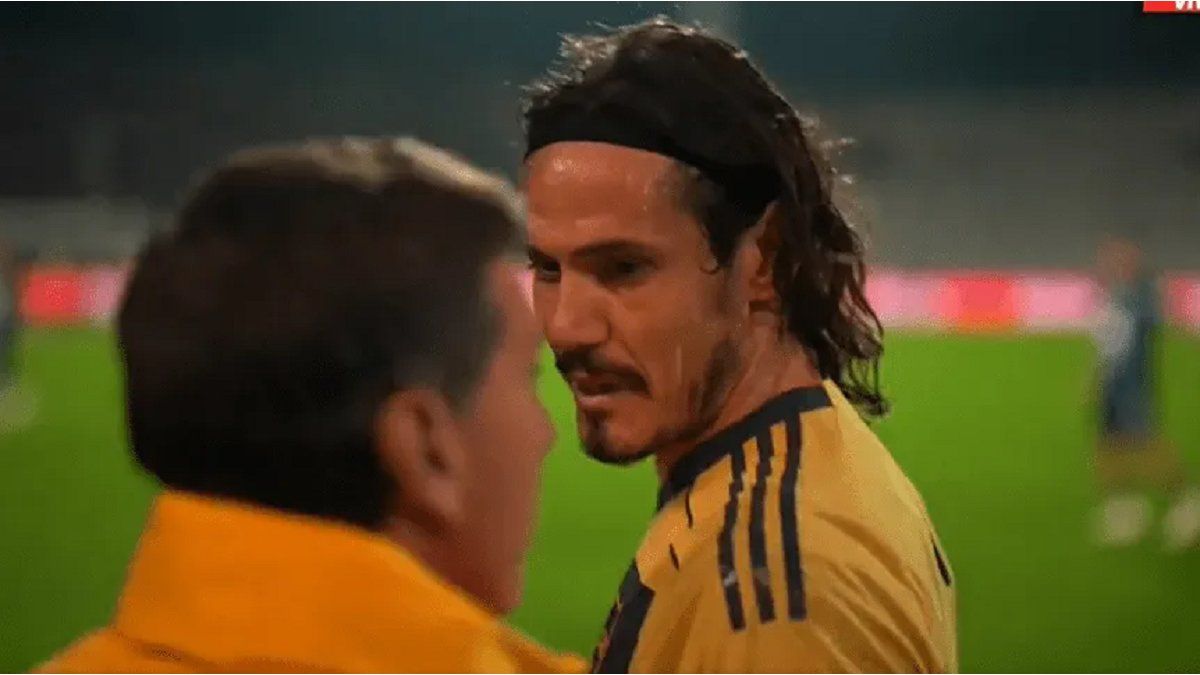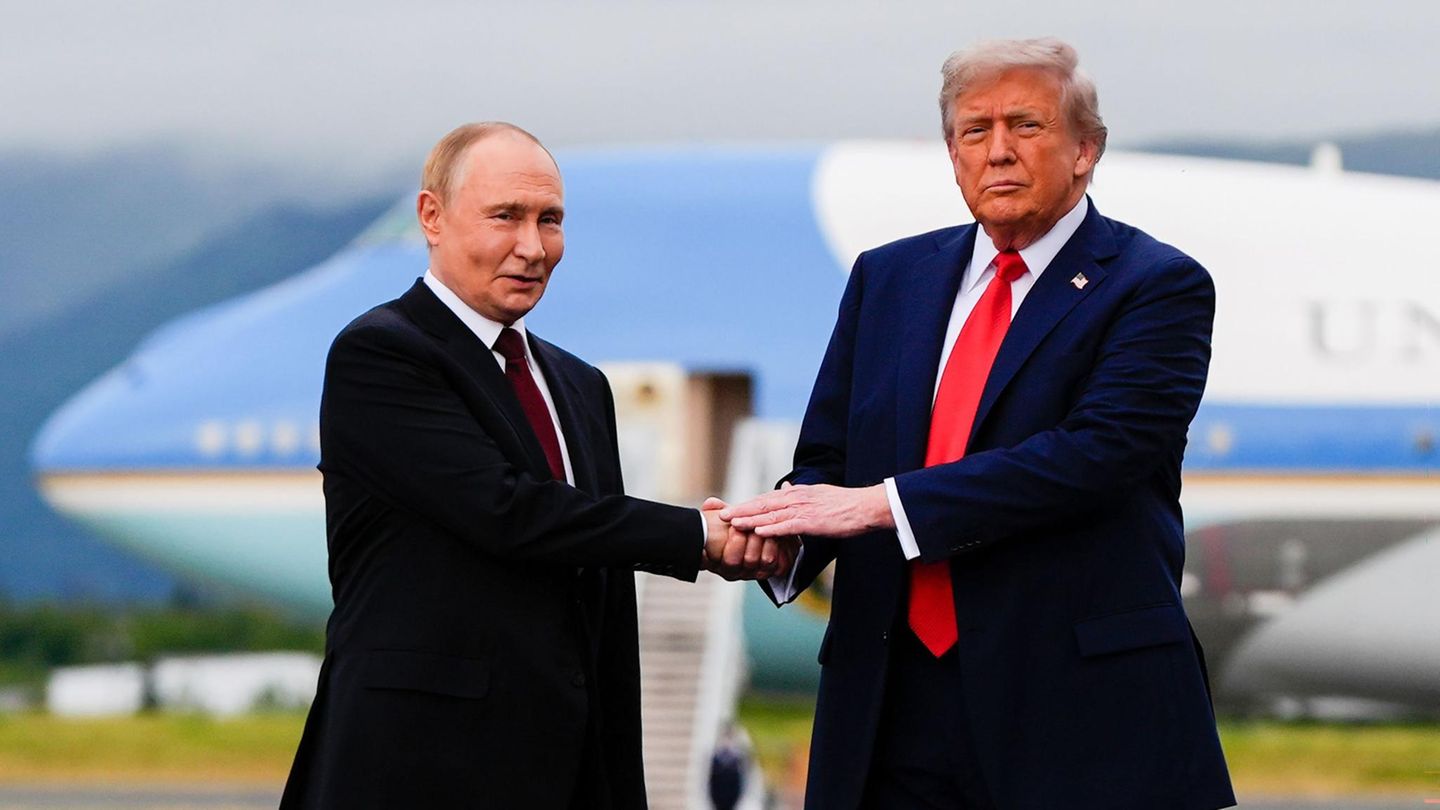23 years have passed, but the memory of that night continues to vibrate with a particular intensity. On October 16, 2002, at River Plate, the Californian band Red Hot Chili Peppers offered a concert that transcended the mere musical presentation to become a gesture of loyalty and an oasis of collective euphoria in one of the darkest moments in recent Argentine history.
In 2002, Argentina was plunged into the depths of a economic, social and political crisis unleashed at the end of 2001. The devaluation had pulverized purchasing power, unemployment was climbing to alarming figures and distrust in the future was the common currency. The country was navigating in the “corralito”, with bank savings withheld and the dollar unattainable.
The unforgettable gesture: rock and funk against adversity
In that climate of uncertainty and retraction, where the arrival of any large-scale international show was practically unthinkable, the Red Hot Chili Peppers’ decision to keep their date in Buenos Aires was interpreted by the public as an act of deep affection and respect. Many other top bands had canceled their tours or simply excluded Argentina from their itineraries, fearful of economic instability and logistical difficulties.
The Peppers, on the other hand, decided to defy the situation. According to reports from the time, the quartet made up of Anthony Kiedis, Flea, Chad Smith and John Frusciantenegotiated a significant reduction in his cachet. Although the exact figures vary in the chronicles, there was talk of a reduction that could have gone from $350,000 to around $150,000, a considerable monetary sacrifice that was key to making the event viable.
This commitment was not only reflected in their fees. For the concert to be viable in a “pesified” country with depressed incomes, production costs also had to be reduced. The staging was noticeably more austere than other stops on his tour. By The Way Tour—the album they were presenting—, limiting themselves to three horizontal video screens at the back of the stage, a simplicity that contrasted with the usual visual displays of a band of their caliber.
“Pesified” prices and an exhausted River
The efforts of the band and the promoters had a direct impact on the public’s pockets. Tickets were offered at prices that the press called “virtually pesified.” The popular and high seats were sold for only $15 and $22 pesos, the field for $22, and the most expensive seats did not exceed $40 pesos.
This accessibility was a determining factor for 60,000 people – some chronicles speak of up to 65,000 – to fill the stadium at that time known as “Antonio Vespucio Liberti”. It was the most crowded Anglo rock concert of the year in Argentina, a party of catharsis and escape that demonstrated the thirst for live music and the unwavering loyalty of Argentine fans. “A rock joy in the midst of the crisis”summarized a chronicle of the time.
Red Hot Chili Peppers Argentina 2002 13
Flea (who celebrated his 40th birthday that night) with John Frusciante.
The setlist of the Red Hot Chili Peppers’ show in Argentina in 2002
The show on October 16, which featured local bands as opening acts Native and God Creates Themwas a discharge of funk, rock and melody that ran through much of their most successful discography, focusing, logically, on their new material. The band left with a delay of 50 minutes due to the massive influx of people, but the wait was worth it.
That night’s setlist was a powerful compendium of hymns that continues to resonate in the memories of those who were there:
- Intro Jam
- By The Way
- Scar Tissue
- Around The World
- Universally Speaking
- Otherside
- Suck My Kiss
- The Zephyr Song
- Havana Affair (Ramones Cover)
- Parallel Universe
- Don’t Forget Me
- Right on Time
- I Could Have Lied
- Can’t Stop
- Californication
- Venice Queen
- Give It Away
— Encores —
- Under The Bridge
- Search and Destroy (The Stooges Cover)
The mix of hits from albums like Blood Sugar Sex Magik and Californication with the most melodic songs from By The Way was everything people needed to live an unforgettable night.
The Peppers and Argentina, a “lasting romance”
The 2002 concert was no coincidence, but another milestone in a long-standing relationship. Argentina and the Red Hot Chili Peppers have built a particular emotional bond, comparable to that forged by bands like Ramones either Megadeth with the local public. The band visited the country at key moments in their career, marking their growth and consolidation:
- 1993 (Sanitary Works): Their debut in Argentina, on the Blood Sugar Sex Magik tour, with the classic training and the overflowing energy of youth.
- 1999 (Luna Park): The triumphant and “clean” return of Californication, confirming that the most melodic funk-rock was a global success.
- 2001 (Vélez Sarsfield Stadium): A visit prior to the outbreak, which confirmed its massive popularity.
- 2002 (River Plate Stadium): The crisis show, the most significant for its context and economic gesture.
And the story didn’t end there. The relationship was strengthened with subsequent visits, such as the return in 2011 and 2018 (already with Josh Klinghoffer on guitar), and the emotional reunion with Frusciante again in the band in 2023 with two sold out shows at River, demonstrating that this love, born in the euphoria of the nineties and consolidated in the adversity of 2002, is one of the most solid and lasting in the history of international rock in Argentina.
Twenty-three years later, the 2002 concert is remembered not only for the music, but for the message: even in the worst storm, art can offer shelter, and loyalty, an unbreakable bond. Kiedis himself already said it in an interview that same year: “The idea of not going to Argentina was not an option for me”. That night, the Red Hot Chili Peppers gave their fans a handful of funk, rock and, most importantly, a collective joy as necessary as it was unforgettable.
Source: Ambito
I am an author and journalist who has worked in the entertainment industry for over a decade. I currently work as a news editor at a major news website, and my focus is on covering the latest trends in entertainment. I also write occasional pieces for other outlets, and have authored two books about the entertainment industry.




